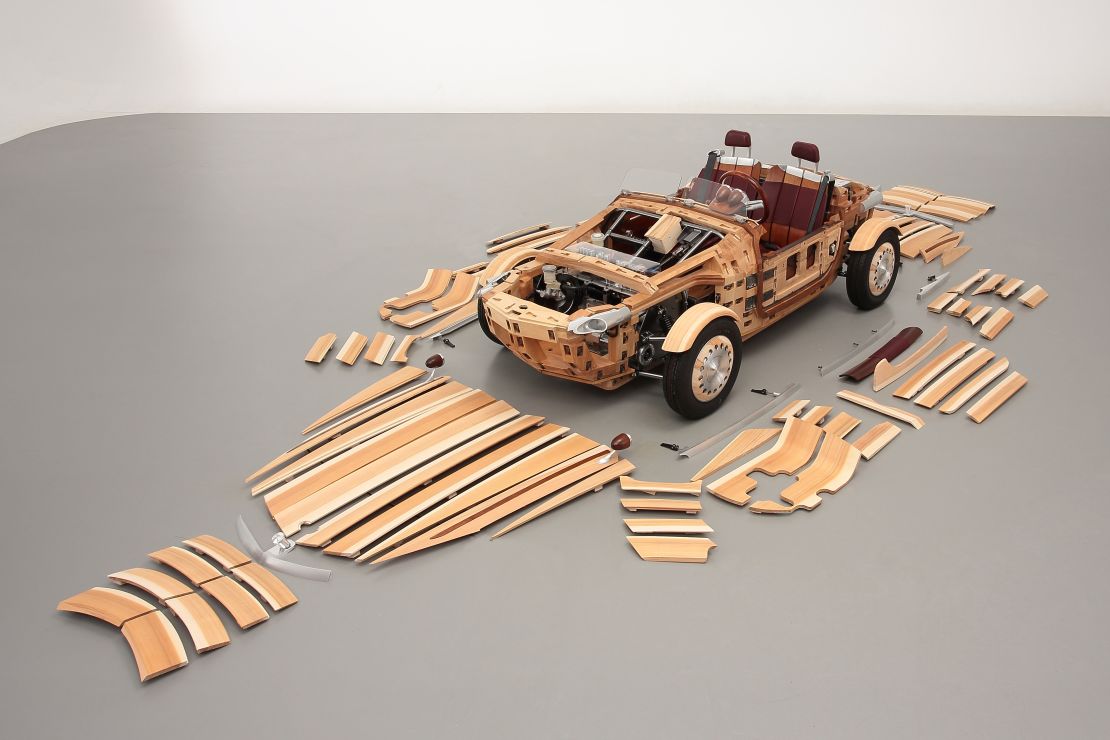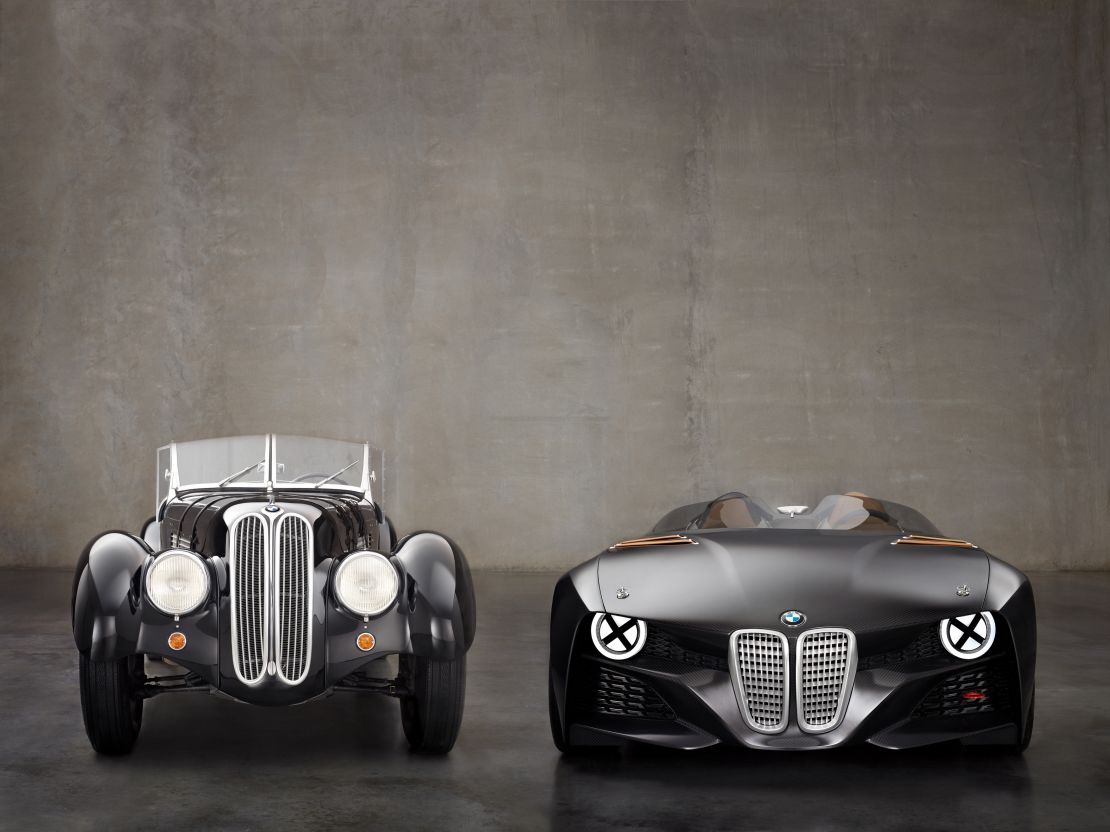Editor’s Note: John McIlroy is Deputy Editor of Auto Express and Carbuyer. The views expressed here are solely his own.
This may sound odd, given that they’re the foundation for a multi-billion-dollar industry, but car manufacturers just love to play.
Sometimes they have technical theories they want to prove. Sometimes they want to gauge customer reaction to an idea or a change of direction.
Sometimes (and whisper this) they just want the column inches and headlines.
The only thing worse than being talked about is not being talked about, right?
If you hark back to the 1950s and 1960s, concept cars were all about predicting the future. These days manufacturers tend to have a better handle on what the future will actually be, so the experimental vehicles they trot out fall into a few categories.
There are the “close to production” concepts, where only the door handles, side mirrors and wheel sizes change between the glitzy motor show stand and the showroom.
Further away from the customers’ driveways are the “design direction” creations. Often the result of a change of chief stylist, these preview how the firm’s existing range of vehicles could look in years to come, showcasing everything from new headlights and colors to a fresh treatment of the corporate grille.

Then there’s pretty much “everything else” – where internal fun and games break out into the public eye, aiming to raise the company’s profile or to inspire the junior members of its design team.
Future past
For some brands – in particular the German premium manufacturers – their least relevant creations are often references to their history.
BMW has made a name for itself by showing ‘hommage’ concepts at key design events. Its most spectacular creation was the M1 Hommage, although it has also shown the 328 Hommage, the 3.0 CLS Hommage and, most recently, the 2002 Hommage.
None will make production; they’re simply seen as brand reinforcers, playing on a heritage that young upstarts like Lexus simply can’t access.

Audi, too, has enjoyed this game; its quattro concept of 2011 was a reminder of its original Quattro road car, a vehicle that introduced four-wheel drive to the masses and scored lots of motorsport success in rally racing.
At the time of the show car’s reveal, there were rumours of a planned production run – but with every passing year, the likelihood increases that the quattro concept was Audi’s gift to itself.
Not that the Germans aren’t immune from a bit of future-facing fantasy.
BMW’s GINA was a spectacular-looking sports car whose bodyshell was created out of tensioned fabric stretched across a frame.

It could have been viewed as an attempt to cut weight and cost from construction, but was actually an experiment in ‘surfacing’ – the way in which bodyshells are curved and shaped.
The French like to play, too, celebrating the avantgarde design touches that made Citroen, Peugeot and Renault such popular choices in the sixties.
Quite often, their designers use the freedom of concepts to experiment with types of vehicles that the French brands find very tough to sell.
That generally means larger cars - vehicles like Renault’s vast, wacky and utterly unsellable four-seater convertible Nepta, or the Peugeot Exalt. Neither will ever make showrooms, although the French are fighting hard to convince buyers that their car interiors are similar to their fashion houses, so some of the more extrovert cabin finishes could reach production.
Wild and wacky rides
For sheer wackiness, though, it’s hard to beat the Japanese brands, who love experimenting with technology and have no obvious fear of tainting their history by screwing up.
For every show car from Toyota, Mazda or Honda that has hit the spot, there are probably half a dozen that have left the rest of the world utterly confused. And of course, the curiosity value is enhanced by the tantalizing possibility that the car might actually end up on sale and be seen around the streets of Kyoto.
Toyota’s Kikai concept is probably one such creation.
It had a relatively low-key debut on the Japanese brand’s stand at the 2015 Tokyo motor show, yet grabbed lots of headlines for its exposed mechanicals. Would it ever make production?
The odds are surely against it – but it’s impossible to say never, given the curious nature of the Japanese market.
The firm’s luxury sub-brand, Lexus, had a less experimental but no less defined goal when it put one of its new NX crossovers onto ice tires back in 2015.
After three months of research and planning from an ice sculptor, the NX did actually drive down a London street on its frozen ‘rubber’ – following a five-day deep freeze in preparation for the stunt.
Lexus described the event as “an unprecedented fusing of art and engineering”; the reality was that it was designed to boost the brand’s public awareness in the UK, where it has to work hard to win over traditional premium customers who prefer Mercedes, Audi and BMW.
That’s the joy of the concept. They can be as relevant as a manufacturer wants – a clandestine attempt to gauge reaction to something that’s actually sitting on the drawing board awaiting a green light for production. Equally, they can be utterly irrelevant fantasy, a piece of art, a gift to the company from itself or an attempt to hoist a flag and get some public recognition.
And with that sort of freedom, designers are always going to come up with something special.













